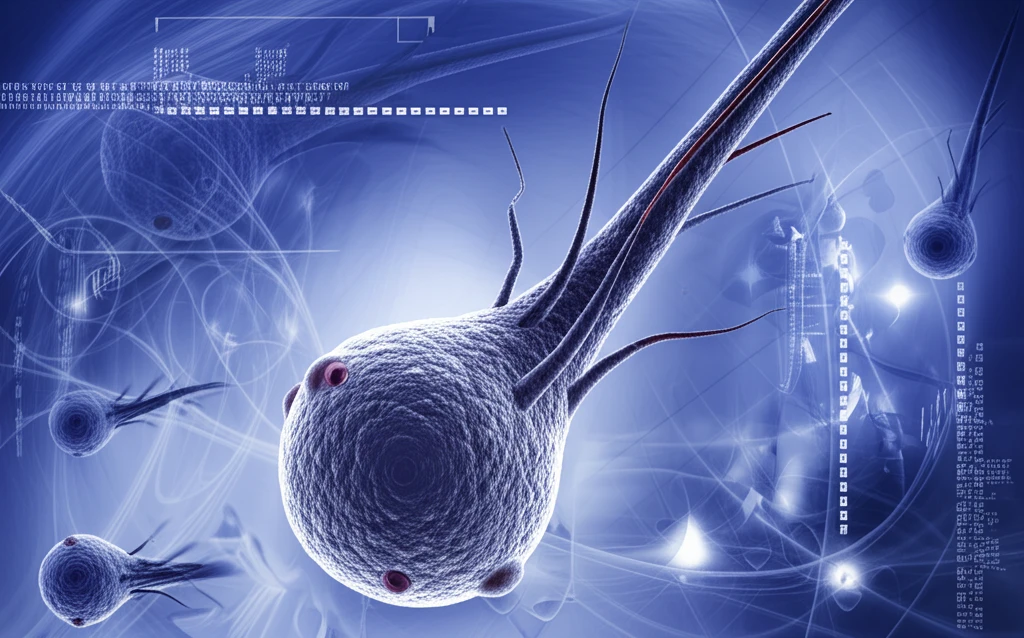
Porocarcinoma: Understanding, Detecting, and Navigating Treatment Options
"A comprehensive guide to Eccrine Porocarcinoma, from early detection to innovative treatment strategies, empowering patients with knowledge and hope."
Eccrine porocarcinoma (EPC) is a rare form of skin cancer that originates in the eccrine sweat glands. First identified by Pinkus and Mehregan in 1963, EPC often presents diagnostic and therapeutic challenges due to its resemblance to more common benign and malignant skin lesions. This similarity underscores the critical need for heightened awareness and precise diagnostic techniques to ensure timely and effective intervention.
Given the diagnostic complexities, achieving optimal treatment outcomes requires a multifaceted approach. While surgical excision remains the standard of care, the potential for regional lymph node metastasis necessitates careful consideration of sentinel lymph node biopsy (SLNB). This procedure helps determine the extent of disease spread and guides further treatment decisions, underscoring the importance of individualized care plans tailored to each patient's unique circumstances.
This article delves into the intricacies of EPC, offering insights into its clinical presentation, diagnostic modalities, and current treatment strategies. By providing a comprehensive overview of this rare malignancy, we aim to empower patients and healthcare professionals with the knowledge needed to navigate the challenges of EPC effectively.
Decoding Eccrine Porocarcinoma: What You Need to Know

Eccrine porocarcinoma (EPC) accounts for only a tiny fraction of all malignant epithelial neoplasms. Predominantly affecting older adults, with peak incidence occurring between the sixth and seventh decades of life, EPC shows a slight preponderance in women. While the precise cause remains elusive, potential associations with radiation exposure and immunosuppression have been suggested, though excessive sun exposure does not appear to be a significant risk factor.
- Thickness: Tumors greater than 7 mm thick correlate with poorer outcomes.
- Infiltration: An infiltrating front of tumor cells indicates a more aggressive form.
- Lymphovascular Invasion: The presence of lymphovascular invasion suggests a higher risk of metastasis.
- Mitotic Rate: High mitotic rates (greater than 14 mitoses per high-power field) are associated with worse prognoses.
Looking Ahead: The Future of EPC Management
Eccrine porocarcinoma presents unique challenges in diagnosis and management due to its rarity and variable clinical presentation. Early detection is crucial to improve patient outcomes and reduce the risk of local recurrence and metastasis. As our understanding of EPC evolves, future research should focus on refining diagnostic criteria, identifying novel therapeutic targets, and optimizing treatment strategies to improve the lives of individuals affected by this rare malignancy.
